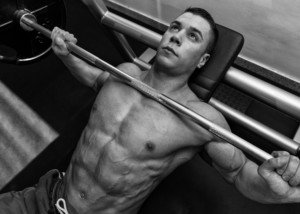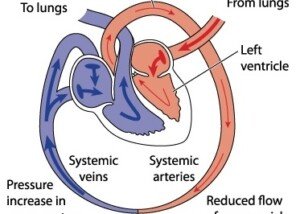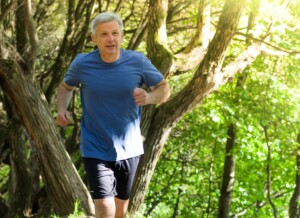
If you’re a senior aged man or woman who wants to take up walking outside for fitness, you may want to know the guidelines for just how fast you should walk.
How Fast Should People Over 65 Walk Outdoors?
Listen to your body. If it hurts past a certain speed, slow down. You do not need a speedometer to record the actual miles per hour.
“Ideal walking speed depends entirely on the abilities of the individual in question,” says Monica Charlton, a senior exercise specialist and certified Silver Sneakers/personal trainer out of New Orleans.
“A moderate exercise intensity will elevate your heart rate to 50-70 percent of its maximum capacity. This is enough to incite heavy breathing.
“Healthy seniors with no contraindications can do 30 minutes of brisk walking five days a week.”
If you find yourself getting too breathless for your comfort or tolerance, walk slower until you get into a range that’s manageable.
Older people may have conditions that make fast walking uncomfortable, such as knee osteoarthritis, plantar fasciitis or obesity.
Additional Medical Conditions that Impact Walking Speed
• Hip osteoarthritis or bursitis
• Peripheral vascular disease
• Venous insufficiency
• Fibromyalgia
There are other conditions that can affect how fast a senior person can walk outside, but what about the “apparently healthy” older adult who’s simply out of shape?
The general rule of thumb for outdoor fitness walking is the same for all de-conditioned individuals: Don’t get ahead of yourself.
Make sure you have very comfortable walking shoes and start walking.
- Avoid wearing sandals or flip-flops.
- Wear shoes that are designed for fitness walking.
If you begin tiring to the point where you just have to sit down, then have a seat.
This means during your induction phase to fitness walking, walk where there are benches or other things you can sit on to rest.
Should seniors use walking sticks?
Unless you depend on a cane to get around in life, there is no medical reason to use walking sticks, even though many print magazine and online articles feature professionally-shot images of seniors using walking sticks at the park and even on residential sidewalks.
Don’t let these vivid images fool you. They are widely available to editors and bloggers and hence, are often used.
Don’t use sticks or poles.
Why? Well, here’s a question for you: Just HOW will your walking skills improve if you teach your body to rely upon external support?
The fitness of walking not only includes improvement in heart function and increased bone density, but also an improvement in balance and nervous system function!
Walking should be “all you.”
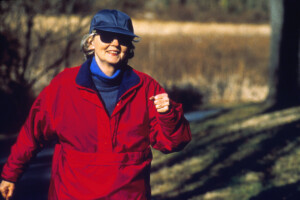
Cancer.gov
Don’t get into the habit of being helped by sticks or poles. These devices prevent your body from improving balance.
How fast should the older person walk?
• Enough to raise the heart rate and cause faster and/or deeper breathing.
• Enough to feel outside your comfort zone.
• You should feel that you’re working or exercising.
• It should be faster than your baseline walk. The baseline is your speed at the workplace, grocery store or in general day-to-day activities.
If you’re frail, you should not attempt walks that get you very winded until you’ve become stronger over time.
Interval Training: Mix Fast with Slow Walking
Doing short spurts of speedy walking, alternating with an easy paced recovery period, is called interval training.
Interval training is actually superior to steady paced walking. It burns more fat and is better at improving heart function.
Walk your hardest with an arm pump to induce heavy breathing, then after a half a minute to a few minutes, shift to low gear—a slow pace—to recharge and prepare for the next work interval.
If you’re in really poor shape, you can still do interval training. The work interval is relative.
Finally, watch where you’re walking to avoid trip-and-falls.
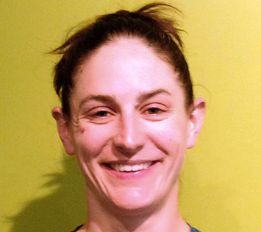 Monica Charlton’s personal training services include fitness/body composition assessments, nutrition planning, running programs and customized programs for clients with disabilities or injuries, as well as older and mainstream clients.
Monica Charlton’s personal training services include fitness/body composition assessments, nutrition planning, running programs and customized programs for clients with disabilities or injuries, as well as older and mainstream clients.
 Lorra Garrick is a former personal trainer certified through the American Council on Exercise. At Bally Total Fitness she trained women and men of all ages for fat loss, muscle building, fitness and improved health.
Lorra Garrick is a former personal trainer certified through the American Council on Exercise. At Bally Total Fitness she trained women and men of all ages for fat loss, muscle building, fitness and improved health.
.

